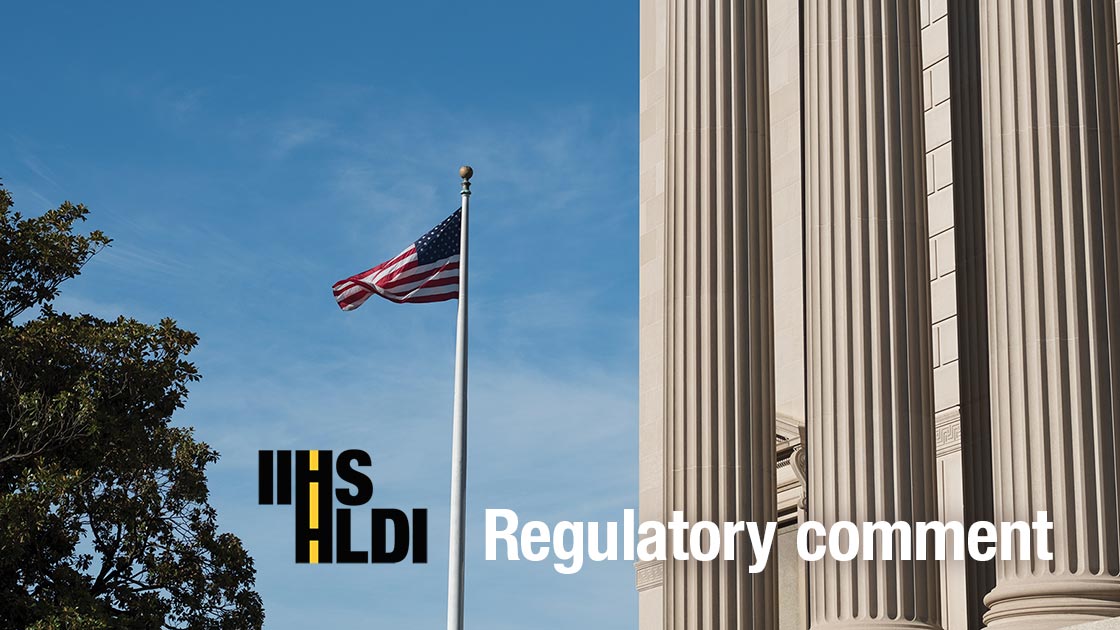IIHS urges NHTSA to expand and strengthen safety standards for self-driving cars
June 9, 2020

Federal regulators should expand and strengthen proposed safety standards for self-driving vehicles, the Insurance Institute for Highway Safety and Highway Loss Data Institute said in a recent regulatory comment.
The National Highway Traffic Safety Administration (NHTSA) requested comments on proposed changes to the rules for occupant protection. The changes are intended to account for new designs and seating choices that may come with the introduction of fully automated vehicles. But it would be a mistake to issue those standards without including enforceable regulations to govern the driving behavior of such automated systems, IIHS Chief Research Officer David Zuby wrote in the comment.
IIHS research has shown that manufacturers will need to design self-driving vehicles specifically to prioritize safety over other rider preferences to eliminate the majority of today’s crashes (see “Self-driving vehicles could struggle to eliminate most crashes,” June 4, 2020).
Removing some of the hurdles to the introduction of these vehicles without first establishing rules for how they should drive would be putting the cart before the horse, Zuby said.
In the context of occupant protection, regulators should require that automated systems be designed to refuse to start a journey if an airbag is malfunctioning or any passenger is not properly restrained.
Zuby also argued that the same level of protection currently mandated for the front row should be required for all available seats. When a driver is no longer needed and in some cases vehicles no longer have driver controls, there is no reason to suppose people will sit where they have traditionally. IIHS research shows occupants seated behind the front row are no longer safer than those seated in front, and occupants of some ages are at greater risk in the back (see “Rear-seat occupant protection hasn't kept pace with the front,” April 25, 2019).
For vehicles without a steering wheel and other traditional controls, the left front seat should be subject to the same requirements that are currently mandated for the front passenger seat. Similarly, in vehicles with bench seats, lap and shoulder belts should be required for the middle seat in all rows.